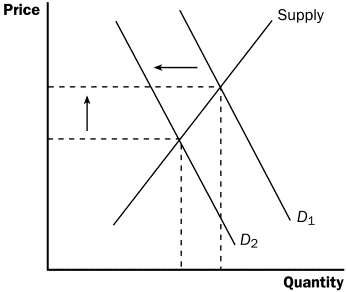Elasticity is a term widely used in economics to denote the responsiveness of one variable to changes in another.
Types of Elasticity
There are four major types of elasticity
- Price elasticity of demand
- Price elasticity of supply
- Income elasticity of demand
- Cross price elasticity of demand
Price Elasticity of Demand
If the demand of the product has change with respect same change in price are called price elasticity of demand
Or
The percentage change in quantity demanded with respect percentage change in price.
Read Also: Importance of Elasticity In Our Today’s Life
Same change in both side are call price elasticity of demand
If 40% price of the product has increased and the demand of product is fall 20% the price elasticity of demand will be
P.D = -0.5
Price Elasticity of Supply
If the supply of the product has changed with respect change in price are called price elasticity of demand.
OR
The percentage (%) of supply has changed with respect percentage (%) change in price.
Income Elasticity of Demand
If the demand of the product has change with respect same change in income are called income elasticity of demand
Or
The percentage changes in quantity demanded with respect percentage change in income of the consumer are called income elasticity of demand.
Cross Price Elasticity of Demand:
The percentage change in Product demanded of a specific good, with respect to the percentage change in the price of another related product.
Point Elasticity
If the changes of the price are very small, let’s spouse if the two points between which elasticity is being measured essentially collapse on each other.
Arc Elasticity
Arc elasticity means the average elasticity between two points on the points on the demand curve.
Importance of Industrial Sector in Economic Development





Reslt sheet sir